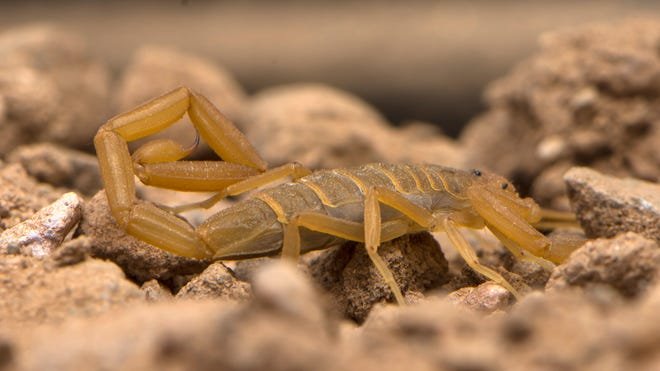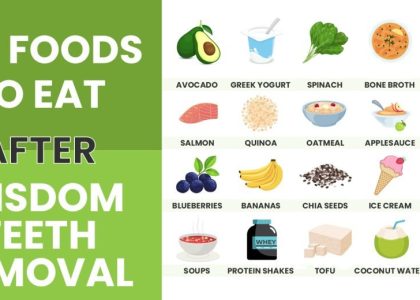Scorpions are most active during the night. Their sleek bodies shimmering under the moonlight, they emerge from hiding to hunt and explore. When are scorpions most active is a question that often intrigues both nature enthusiasts and those wary of encountering these mysterious creatures. Understanding their behavior patterns can illuminate their fascinating nocturnal world. Join us as we delve into the intricate rhythms of scorpions and uncover the secrets of their nighttime wanderings.
When Are Scorpions Most Active?
Introduction
Scorpions are fascinating creatures that have captured the curiosity of many people around the world. These arachnids are known for their distinctive appearance, with their signature pincers and a venomous stinger on the end of their tail. While some may find them intimidating, scorpions play a crucial role in the ecosystem as predators that help control insect populations. One common question that often arises is, “When are scorpions most active?” In this article, we will delve into the intriguing world of scorpions and explore the factors that influence their activity patterns.
Understanding Scorpion Behavior
Scorpions are nocturnal creatures, which means they are most active during the night. This behavior is influenced by several factors, including their unique physiological characteristics and hunting instincts. During the day, scorpions typically seek shelter in dark, secluded places to avoid exposure to sunlight, which can be harmful to their sensitive exoskeleton.
Nocturnal Lifestyle
The nocturnal lifestyle of scorpions helps them avoid predators and conserve energy. By staying hidden during the day and emerging at night, scorpions can take advantage of the cover of darkness to hunt for prey and navigate their surroundings more effectively. Their keen sense of smell and ability to detect vibrations in the air help them locate potential food sources in the dark.
Temperature Regulation
Another reason why scorpions are most active at night is related to temperature regulation. These arachnids are cold-blooded creatures, meaning they rely on external sources of heat to regulate their body temperature. By being active at night when temperatures are cooler, scorpions can move more efficiently and conserve energy compared to the heat of the day.
Seasonal Variations in Activity
While scorpions are generally nocturnal, their activity levels can vary depending on the season and environmental conditions. Understanding these seasonal variations can provide valuable insights into when scorpions are most active and how their behavior adapts to changing circumstances.
Spring and Fall
In regions with moderate climates, such as deserts and grasslands, scorpions tend to be more active during the spring and fall seasons. During these times, temperatures are milder, and prey availability is optimal, leading to increased foraging activity among scorpion populations. This is also the mating season for many scorpion species, prompting males to become more active in search of potential mates.
Summer
In contrast, summer can bring extreme heat and aridity to many scorpion habitats, leading to a decrease in their overall activity levels. Scorpions may burrow deeper underground or seek out cooler, more humid environments to avoid desiccation and heat stress. However, some species are adapted to hot climates and remain active throughout the summer, albeit during the cooler nighttime hours.
Winter
During the winter months, scorpions enter a period of reduced activity known as diapause. This physiological state helps them conserve energy and survive harsh environmental conditions, such as cold temperatures and limited food availability. Scorpions may hibernate in underground burrows or seek out insulated shelters to wait out the winter season until conditions improve for increased activity.
Factors Influencing Scorpion Activity
In addition to seasonal variations, several other factors can influence when scorpions are most active. Understanding these factors can provide valuable insights into their behavior and help predict their activity patterns in different environments.
Food Availability
One of the primary factors that drive scorpion activity is food availability. Scorpions are opportunistic predators that feed on a variety of insects, spiders, and other small arthropods. When prey populations are abundant, scorpions are more likely to be active and engage in hunting behavior to secure their next meal. Conversely, in times of food scarcity, scorpions may reduce their activity levels and conserve energy until food becomes more readily available.
Humidity Levels
Humidity plays a crucial role in regulating scorpion activity, especially in arid environments where water sources are limited. Scorpions are sensitive to desiccation and require adequate moisture to survive. High humidity levels can increase scorpion activity by providing hydration and supporting their metabolic functions. In contrast, low humidity levels can induce a state of torpor in scorpions, causing them to reduce their activity and seek out humid microhabitats for refuge.
Predator Pressure
Predator pressure can also influence when scorpions are most active. In the presence of natural enemies, such as birds, mammals, and other arthropods, scorpions may alter their activity patterns to minimize the risk of predation. By being more active at night when predators are less active, scorpions can increase their chances of survival and avoid detection by potential threats.
In conclusion, scorpions are most active during the night due to their nocturnal lifestyle, temperature regulation needs, and hunting instincts. Seasonal variations, food availability, humidity levels, and predator pressure are among the many factors that can influence when scorpions are most active in their natural habitats. By understanding these dynamics, we can gain a deeper appreciation for the fascinating behaviors of these enigmatic arachnids and their vital role in maintaining ecological balance. Next time you come across a scorpion in the wild, remember that its activity is not random but shaped by a complex interplay of biological and environmental factors.
Can an Arizona bark scorpion kill you? Here are the facts
Frequently Asked Questions
When do scorpions typically come out?
Scorpions are most active during the night, as they are nocturnal creatures. They tend to avoid direct sunlight and heat, so you are more likely to encounter them in the dark.
What time of year are scorpions most active?
Scorpions are generally more active in the warmer months of the year, particularly during spring and summer. This is when their metabolism is higher, and they are more likely to be searching for food and mating.
How can I tell if a scorpion is active?
An active scorpion will typically be moving around, hunting for prey, or seeking shelter. You may observe them crawling, hunting, or even stinging their prey. It’s important to be cautious when you notice scorpions displaying such behaviors.
Final Thoughts
Scorpions are most active during the night when they hunt for prey and seek shelter from extreme temperatures. As nocturnal creatures, they use their keen sense of touch and vibration detection to locate food and potential threats. Understanding when scorpions are most active can help individuals take preventive measures to avoid encounters. By being aware of their behavior patterns, one can reduce the risk of being stung. Stay cautious during the night as that’s when scorpions are most active.






